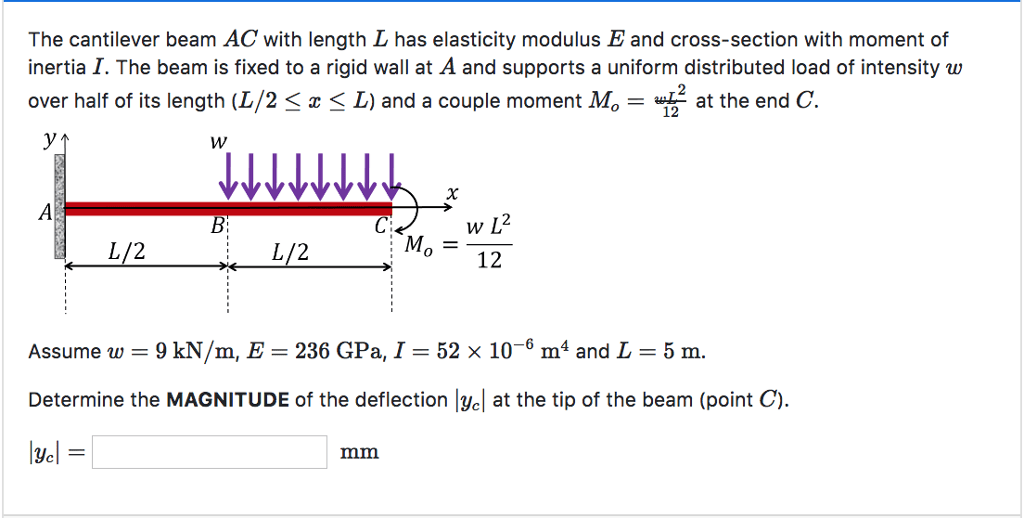How To Calculate Moment Of Inertia Of? Made Simple

The moment of inertia, a fundamental concept in physics and engineering, can be a daunting topic for many students and professionals alike. However, understanding how to calculate it is crucial for analyzing the rotational motion of objects. In this comprehensive guide, we will break down the process into manageable parts, making it easier to comprehend and apply the concept of moment of inertia.
Introduction to Moment of Inertia
Before diving into the calculations, it’s essential to grasp what the moment of inertia is. The moment of inertia, often denoted by the letter “I,” is a measure of an object’s resistance to changes in its rotation. It depends on the object’s mass distribution and the axis around which it rotates. The farther the mass is from the axis of rotation, the larger the moment of inertia, and thus, the more resistance the object has to changes in its rotational motion.
Units of Moment of Inertia
The unit of moment of inertia is kilogram-meter squared (kg·m^2) in the International System of Units (SI). This indicates that the moment of inertia is a measure of mass (kilograms) distributed over a distance (meters), squared.
Calculating Moment of Inertia
Calculating the moment of inertia involves integrating the elemental mass of an object with respect to the distance from the axis of rotation squared. Mathematically, it can be represented as:
[I = \int r^2 dm]
Where: - (I) is the moment of inertia, - (r) is the distance of the elemental mass from the axis of rotation, - (dm) is the elemental mass.
For simple geometric shapes, this integral can be solved directly to obtain a formula for the moment of inertia. For example, the moment of inertia of a sphere about its central axis is (\frac{2}{5}MR^2), where (M) is the mass of the sphere and (R) is its radius.
Moments of Inertia for Common Shapes
Here are formulas for the moments of inertia of some common shapes:
- Solid Sphere: (I = \frac{2}{5}MR^2)
- Hollow Sphere: (I = \frac{2}{3}MR^2)
- Solid Cylinder: (I = \frac{1}{2}MR^2)
- Hollow Cylinder: (I = MR^2)
- Rod about its End: (I = \frac{1}{3}ML^2)
- Rod about its Center: (I = \frac{1}{12}ML^2)
Where: - (M) is the mass of the object, - (R) is the radius, - (L) is the length of the rod.
Practical Calculation Example
To illustrate the calculation, let’s consider a solid cylinder with a mass of 10 kg and a radius of 0.2 meters. We want to find its moment of inertia about its central axis.
Given: (M = 10) kg, (R = 0.2) meters
Using the formula for a solid cylinder: (I = \frac{1}{2}MR^2)
Substitute the given values: (I = \frac{1}{2} \times 10 \times (0.2)^2)
[I = \frac{1}{2} \times 10 \times 0.04 = 0.2 \, \text{kg·m}^2]
Conclusion
Calculating the moment of inertia, though it may seem complex at first, becomes more accessible once you understand the basic principles and have the formulas for common shapes at your disposal. Remember, the key to mastering the calculation of moment of inertia is understanding the distribution of mass relative to the axis of rotation and applying the correct formula for the shape in question.
What is the unit of moment of inertia?
+The unit of moment of inertia is kilogram-meter squared (kg·m^2) in the International System of Units (SI).
How does the distribution of mass affect the moment of inertia?
+The moment of inertia is directly related to how mass is distributed around the axis of rotation. The farther the mass is from the axis, the larger the moment of inertia.
What is the formula for calculating the moment of inertia of a solid sphere?
+The moment of inertia of a solid sphere about its central axis is given by I = \frac{2}{5}MR^2, where M is the mass of the sphere and R is its radius.
In conclusion, understanding and calculating the moment of inertia is a crucial skill for anyone involved in physics, engineering, or any field where rotational motion is a key factor. With practice and the right resources, mastering this concept becomes achievable, enabling you to tackle complex problems with confidence.



